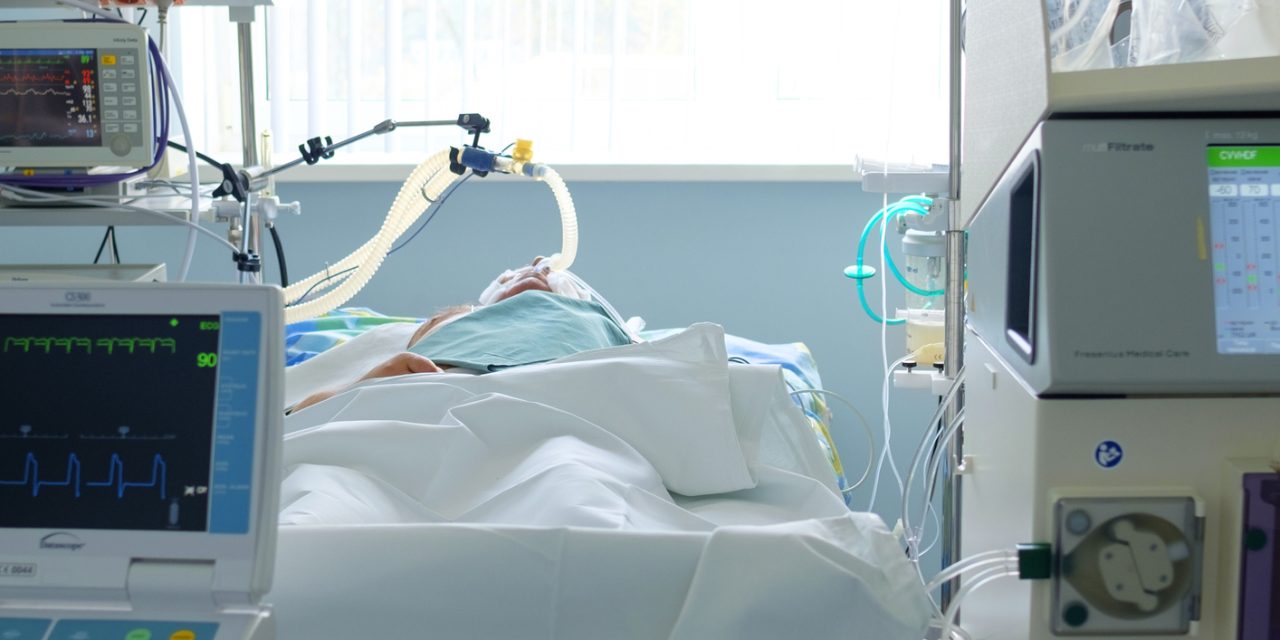Falls are the most common injury mechanism of children <12 months in Australia. We aimed to determine the prevalence of hospital admission following a fall among New South Wales (NSW) infants and changes in admission rate over time. Secondary aims were to examine demographics, nature of injury and trends by age groups associated with developmental milestones and fall mechanism.
This was a retrospective, population-based study across NSW from 2002 to 2013 using the NSW Admitted Patient Data collection. Infants with recorded falls, external causes of morbidity and mortality and activity codes were assessed. Main outcome measures were absolute numbers, rates and proportions by year, age group, socio-demographics, fall mechanism, injury type, body region affected and admission outcome.
A total of 4380 cases were identified. Numbers increased over years (342 in 2002 to 469 in 2013). Rate of admissions per 10 000 population were 40.37 in 2002 and 47.18 in 2013 (average increase 0.9% per year, P = 0.25). 76% resided in a major city, 23% resided in the least disadvantaged areas and 18% in the most disadvantaged. Falls from furniture and falls while being carried were most common. 85% suffered a head injury, 70% of which had a traumatic brain injury (TBI). There were seven deaths and one quarter of surviving infants were admitted for 2 or more days.
Hospital admission following a fall is a long-standing problem with no improvement among infants in NSW, commonly leading to head injury and traumatic brain injury. Effective prevention interventions are needed.
© 2020 Paediatrics and Child Health Division (The Royal Australasian College of Physicians).
Hospitalised infants due to falls aged less 12 months in New South Wales from 2002 to 2013.


